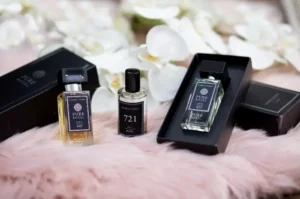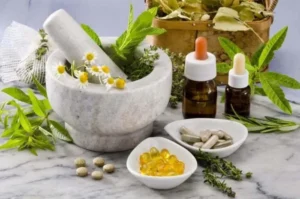In the quest for eternal beauty, humanity has always turned to nature for answers. From the misty peaks of the Himalayas to the sandy shores of the Nile, ancient civilizations have left a rich legacy of beauty rituals, each a glowing testament to their understanding of nature and aesthetics.
This article explores these ancient secrets, offering a glimpse into the timeless practices that have shaped today’s beauty standards.
The Mystique of Egyptian Beauty
The ancient Egyptians were pioneers in the art of beauty. Cleopatra, perhaps the most iconic figure of Egyptian beauty, used a blend of natural ingredients like milk, honey, and olive oil to maintain her legendary complexion.
Milk baths, in particular, were a staple in Egyptian skincare, believed to soften and brighten the skin thanks to the lactic acid. These rituals were not just for aesthetics; they also had a spiritual dimension, symbolizing purity and connection to the divine.
The Herbal Wisdom of China
In ancient China, beauty was synonymous with balance and harmony. Traditional Chinese Medicine (TCM) played a pivotal role in this, with herbs like ginseng, green tea, and goji berries used extensively for their rejuvenating properties.
These ingredients were often incorporated into diets and skincare routines, reflecting the belief that beauty stemmed from overall well-being. The concept of ‘Yin’ and ‘Yang’ was fundamental, emphasizing the importance of a balanced lifestyle for a radiant complexion.
The Ayurvedic Approach of India
Ayurveda, the ancient Indian science of life, offers a holistic approach to beauty. It focuses on balancing the three doshas (Vata, Pitta, and Kapha) through diet, herbal treatments, and yoga.
Ingredients like turmeric, neem, and sandalwood were commonly used in beauty treatments, valued for their anti-inflammatory and purifying properties. Ayurvedic beauty rituals were deeply personalized, designed to suit individual skin types and address specific concerns.
The Olive Oil Elixirs of Greece
In ancient Greece, olive oil was revered for its multitude of benefits. Greek women used it as a moisturizer, cleanser, and anti-aging agent. Mixed with sea salt, it served as an exfoliating scrub, while combined with honey, it transformed into a hydrating face mask.
These simple yet effective rituals underscore the Greek belief in the power of natural ingredients and their role in achieving physical and mental harmony.
The Mineral-Rich Treatments of the Dead Sea
The Dead Sea, a salt lake bordered by Jordan and Israel, has been a center for skincare since biblical times. Its mineral-rich mud and high-salt content waters were known for their therapeutic properties.
Cleopatra herself was said to have built the world’s first spa there. The mud was used for detoxifying skin treatments, while the water, rich in magnesium, potassium, and calcium, was believed to alleviate skin conditions and improve skin hydration and texture.
The Power of African Shea Butter
In Africa, particularly in West Africa, Shea butter has been a beauty staple for centuries. Extracted from the nuts of the Shea tree, it is rich in vitamins A and E, offering deep moisturization and protection against harsh climates.
African women traditionally used Shea butter for its healing properties, employing it not just in beauty rituals, but also in medicinal practices.
Conclusion
These ancient beauty rituals, deeply rooted in the natural world and cultural traditions, remind us of a time when beauty was a holistic concept, encompassing physical, spiritual, and mental well-being.
They offer valuable insights into the ways our ancestors used natural resources to enhance their beauty and health.
In today’s fast-paced world, where synthetic products and invasive procedures often dominate the beauty industry, revisiting these ancient practices can be both enlightening and inspiring.
They encourage a return to simplicity, emphasizing the importance of natural ingredients and the wisdom inherent in traditional practices.
As we continue to explore and understand these ancient beauty secrets, we not only pay homage to our ancestors but also pave the way for more sustainable and holistic beauty standards in the future.







